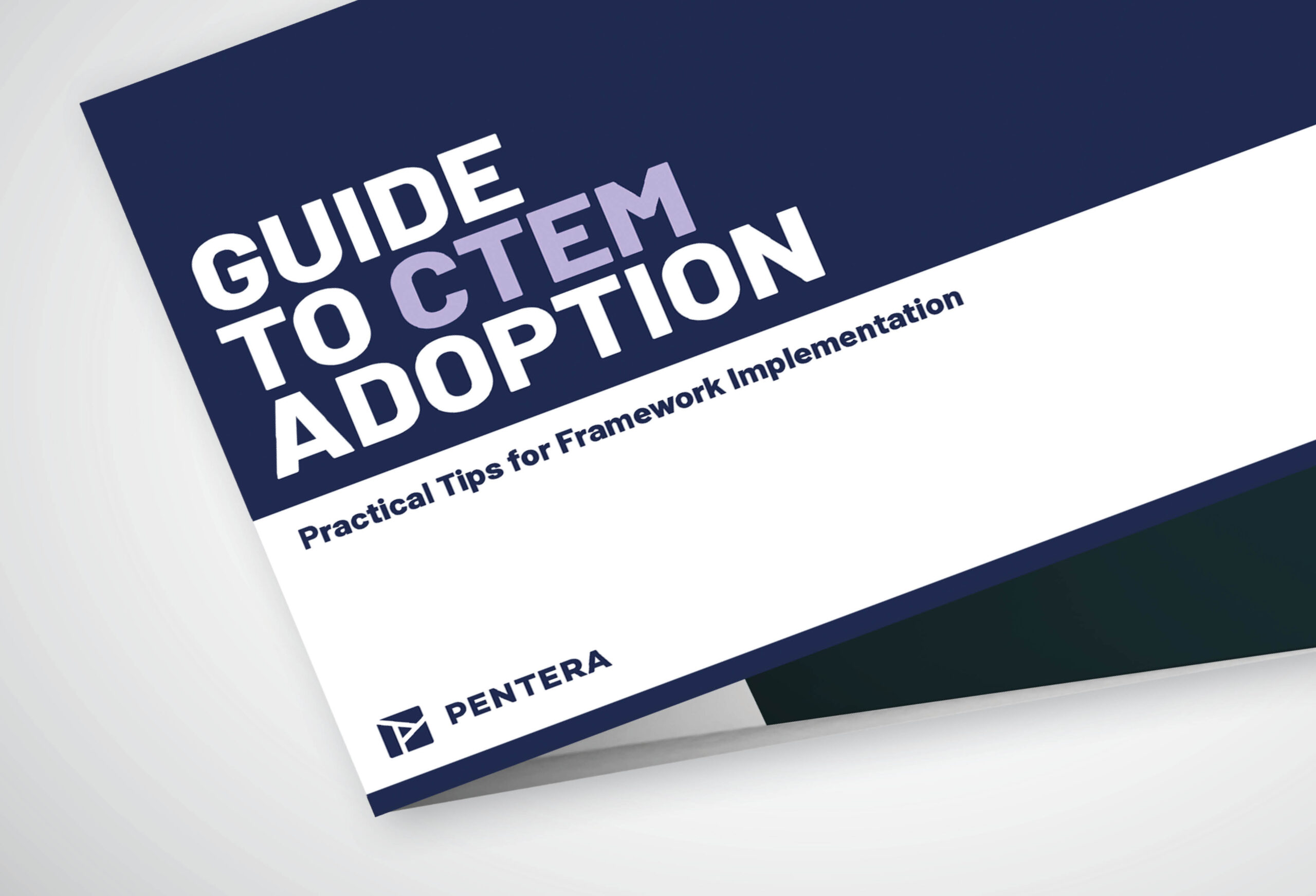What Is Risk Assessment?
Risk assessment refers to a cybersecurity process whereby an organization identifies, analyses, and evaluates all potential threats to a system or network. The focus of this process is to determine the likelihood of security incidents and the severity of their potential impact with a view to devising effective risk management strategies.
Why is risk assessment important?
Risk assessment plays a crucial role in Vulnerability Management by evaluating the potential impact of vulnerabilities. It is an essential process for organizations looking to adopt a comprehensive security approach because it facilitates effective risk management and efficient remediation of vulnerabilities.
By identifying and assessing all potential threats to a system or network, organizations can effectively determine which vulnerabilities present the most significant risks to their most critical digital assets. As such, they can prioritize vulnerabilities for systematic remediation to protect those assets, thereby mitigating business risk to ensure operational continuity and regulation compliance.
What are the key steps involved in conducting a risk assessment?
The key steps of a risk assessment are as follows:
- Asset cataloging: An organization identifies and creates an inventory of all of its assets, including systems, networks, applications, data, and physical assets that comprise IT infrastructure.
- Threat identification: Using a variety of means such as penetration testing, automated security validation, vulnerability scanning, and continuous monitoring, the organization identifies all possible vulnerabilities or threats in its IT environment.
- Analysis & assessment: The organization analyzes each identified threat to evaluate the likelihood of an incident and the potential negative impact associated with it.
- Prioritization: Once each threat has been assigned a risk score, they are prioritized for remediation in order of importance. Controls that protect critical assets take precedence.
- Remediation: New security measures are developed and systematically implemented to mitigate risk and reduce the likelihood of a security incident.
- Review and update: With new security measures implemented, security teams carry out regular reviews and updates to ensure that the risk assessment is accurate and that implemented controls are having the desired impact on security posture.
What are the primary objectives and advantages of risk assessment?
As part of a proactive approach to cybersecurity, risk assessment has an important role to play in promoting a strong security posture. Some primary objectives of the risk assessment process are:
- to identify all possible threats to an organization’s assets;
- to accurately evaluate the likelihood and severity of potential attacks;
- to facilitate the decision-making in remediation;
- to ensure the efficient allocation of resources in remediation.
Likewise, the advantages of risk assessment are numerous and include the following:
- Improved visibility of the attack surface
- Enhanced risk mitigation
- Protection of critical assets
- Resource optimization
- Operational continuity
- Regulation compliance
What are the various types of risks that organizations encounter?
As the cybersecurity landscape is always evolving, there is an ever-growing list of cybersecurity risks that an organization might run into. The following are some of the most common risks that organizations encounter:
- Malware: Malicious software, such as ransomware or a trojan, is designed to damage or disrupt an organization’s systems.
- Data breach: The unauthorized access or release of confidential information, such as customer data or financial details.
- Phishing attack: An attacker uses misleading emails or messages to deceive an organization member or employee into divulging sensitive information, such as login credentials, or carrying out an act that compromises systems, like downloading malware.
- Social engineering: An attacker uses social means to manipulate or deceive an organization member or employee into sharing sensitive information or compromising systems.
- Insider threat: A member of an organization, either through malice or negligence, commits an act that compromises the security of a system or network.
- Denial-of-Service (DoS) attack: An attacker overloads a system with excessive traffic, impeding its ability to respond to genuine users.
- Supply chain attack: An attacker exploits vulnerabilities in a third-party vendor or service provider to mount an attack on an organization using the software or hardware they use.
How is a risk assessment matrix used?
A risk assessment matrix is a visual analysis tool that security teams utilize to systematically evaluate and prioritize identified risks. In its most common form, it comprises two axes – one for likelihood and one for impact – which analysts use to rate identified risks. By plotting risks on the matrix in this way, security teams can break them down into clear categories and efficiently determine the appropriate order for remediation efforts, starting with those risks that have a high rating on both scales.
Leveraging risk assessment to enhance resilience
Risk assessment is a critical aspect of what constitutes a strong, proactive cybersecurity strategy, chiefly because it facilitates efficiency and clarity in how security teams approach risk. By establishing visibility over the exploitable attack surface, highlighting key risks, and providing a clear framework for time- and resource-efficient remediation, risk assessment enables organizations to effectively mitigate risk and enhance their overall security posture to stay resilient against threats.
Why is risk assessment crucial in today's environment?
Risk assessment is crucial in today’s environment due to the evolving nature of the cybersecurity landscape. With attackers continually evolving their techniques, organizations need to understand the potential negative impact of emerging threats. By conducting risk assessments, they can do this and prioritize remediation efforts to ensure optimal protection and cost-effectiveness in their cybersecurity.
and cost-effectiveness in their cybersecurity. Under what circumstances should a risk assessment be conducted?
As regulations are continually updated and cyber threats are always evolving, assessments should be conducted at regular intervals to ensure compliance and guarantee that emerging risks are addressed as soon as possible. Additionally, organizations should conduct a thorough risk assessment should any major changes be made to their systems or networks.
How does a risk assessment matrix aid in decision-making?
A risk assessment matrix aids in decision-making by providing a clear framework for visualizing risk. By plotting identified risks on a risk assessment matrix, security teams can quickly determine which risks have the highest likelihood and potential negative impact. As such, they can prioritize remediation efforts accordingly to mitigate risk and reduce the chance of an attack.
Focus on the critical risks.
Identify and prioritize vulnerabilities effectively.


